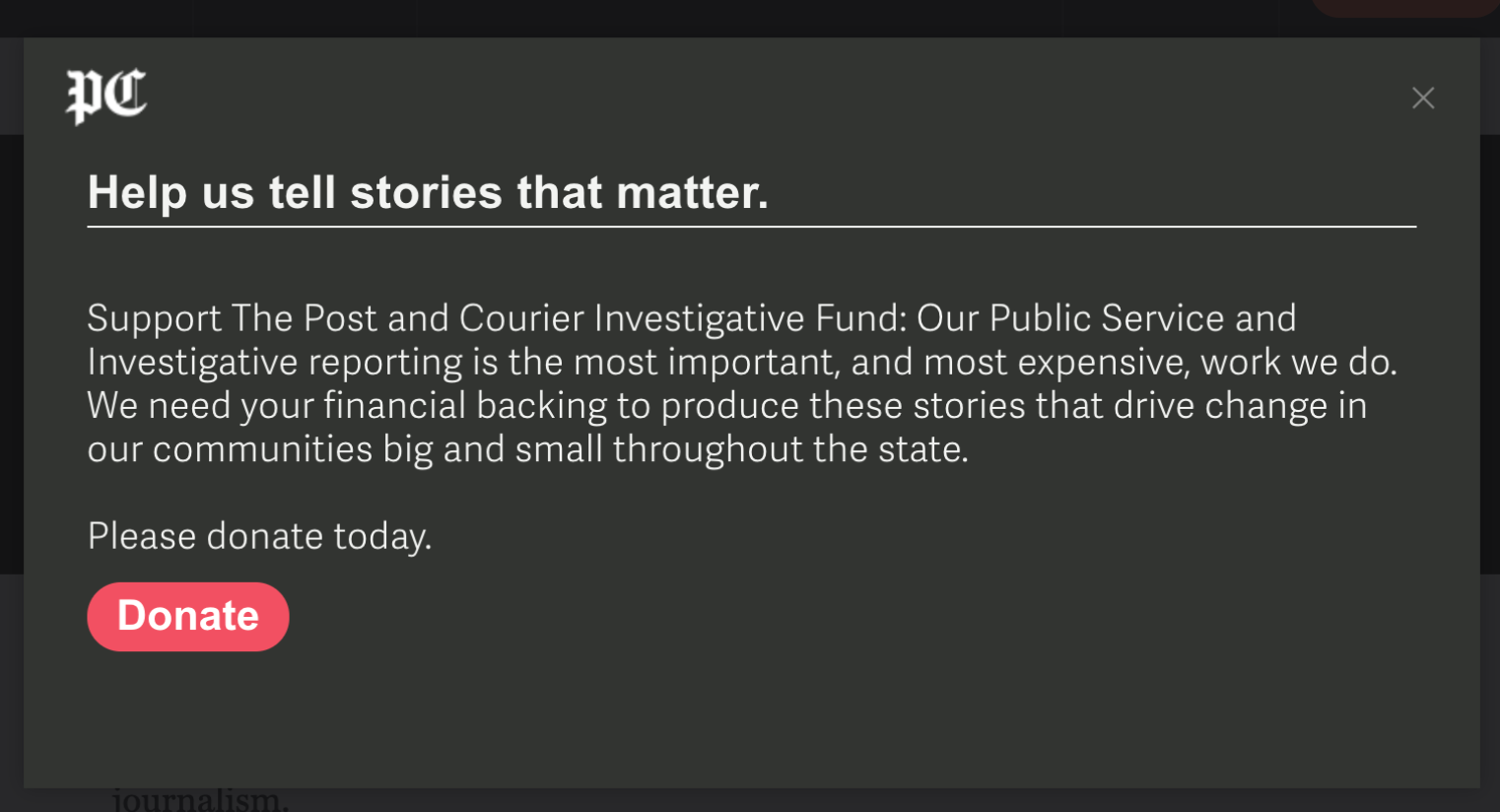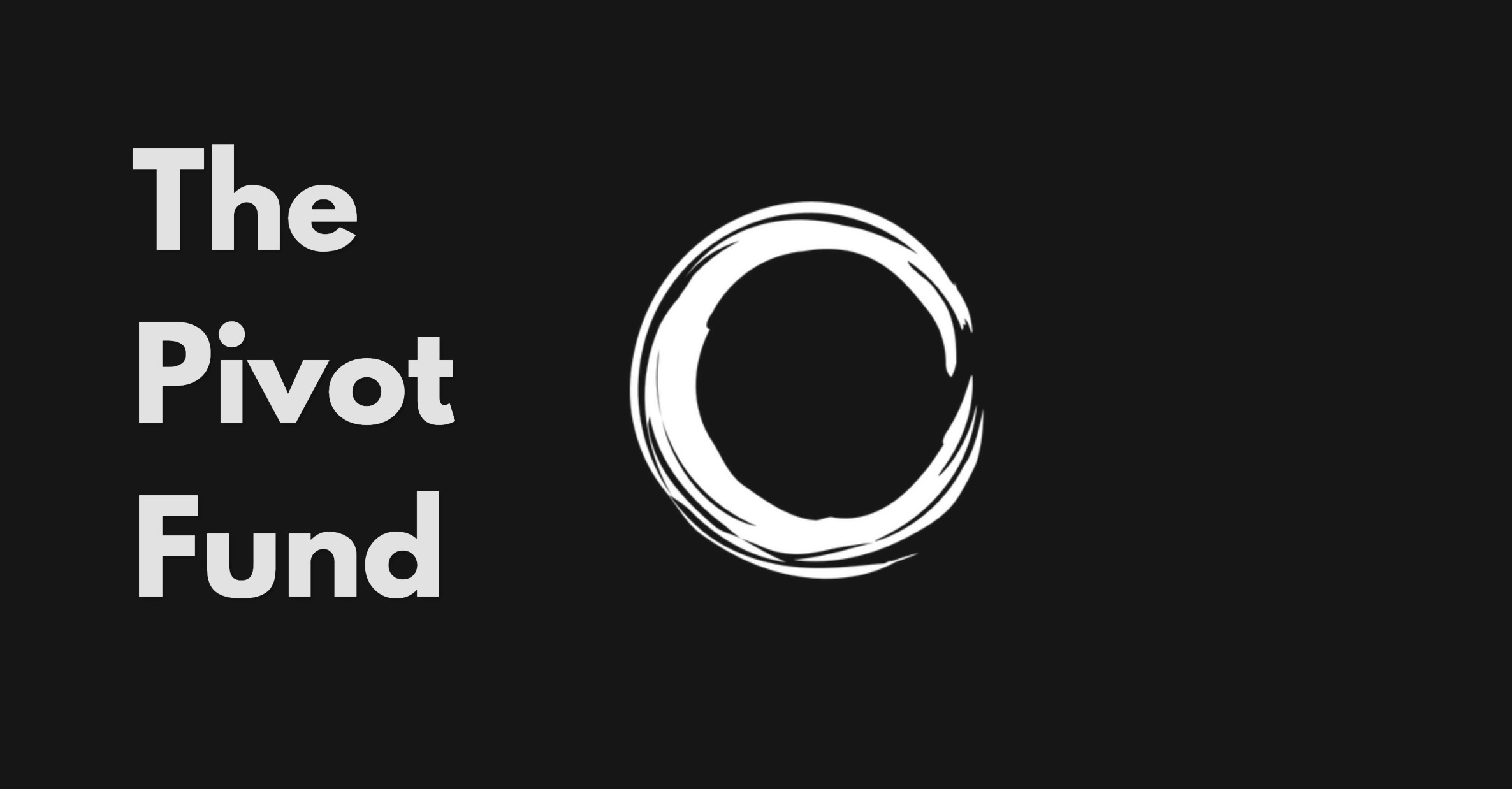Something strange happened in Philadelphia last year. And in Houston. And Tampa Bay. And Charleston.
When for-profit newsrooms asked their communities to support them through donations, those communities did.
“We definitely learned that local communities are willing to support local news organizations, and it really didn’t seem to matter if they were for-profit or nonprofit,” said Lindsey Estes, director of member services and journalism funding at the Local Media Association. Through LMA’s’ COVID-19 Relief Fund, more than 200 newsrooms brought in $1.74 million.
The Philadelphia Inquirer’s High Impact Journalism Fund launched in 2019 but it took off in March 2020, said Rebecca Forman, director of advancement at the Lenfest Institute, the nonprofit organization that owns the Inquirer. Since launching, it’s raised $320,000 from 1,700 unique individuals. Since 2016, Lenfest has raised more than $80 million from institutional and individual donors.
In a short amount of time last year, the Houston Defender raised $50,000 as part of LMA’s fund. Over about two years, the Tampa Bay Times’ investigative fund and journalism fund raised $300,000. (Poynter owns the Times and I work with them on feature obits.) And The Post and Courier in Charleston brought in more than $1 million in donations, which you can read about over at Better News.
Those gains come as many local newsrooms were hit particularly hard by layoffs and closures during the pandemic, following years of struggles to replace an ad-driven business model.
“Local news has been teetering for a decade at this point,” said Tracie Powell, founder of The Pivot Fund and a Shorenstein Fellow at Harvard. “So the influx of local dollars is more than welcome, it’s needed.”

Screen shot, The Post and Courier
‘They don’t know what they don’t know’
Public media has raising money down to an art — one that comes with tote bags and pithy mugs. But for-profit newsrooms didn’t just discover it in the pandemic.
In 2014, The Seattle Times started building ways to bring in philanthropic funding for its journalism. Now, it’s raised more than $5.5 million. The Times has an Investigative Journalism Fund, Project Homeless, Traffic Lab, Education Lab and is soon to launch a mental health project with that support.
Richland Source in Mansfield, Ohio, is an online for-profit newsroom that’s spent years harnessing local philanthropy to support reporting projects.
And through Report for America, newsrooms of all mediums and makeups around the country are bringing in reporters with help from philanthropy, including community organizations.
In August, Mark Glaser reported on the impact of philanthropy on local news, primarily for nonprofits through groups like the Institute for Nonprofit News and the American Journalism Project.
“Not surprisingly, nonprofit newsrooms are leaders in developing philanthropic giving, as that’s part of their DNA,” he wrote. “And over the past few years, local nonprofit publishers are launching around the nation.”
Obviously, the for-profit and nonprofit thing makes a difference. For-profits need a nonprofit partner, Lenfest’s Forman said, to offer tax deductions for people who give money. Some newsrooms are building out partnerships to make that work, and others work with groups like LMA and even Poynter as fiscal sponsors.
But the deciding factor in how well a campaign does, LMA’s Estes said, is how well it’s executed. Launching a fund for journalism also takes different thinking, Forman said.
“When you are receiving philanthropy, you are not giving a subscription or a benefit in return,” she said.
Just like with membership, the relationship itself is different.
Like nonprofit newsrooms, for-profit newsrooms need to publish clear policies on how they handle gifts, what work is donor supported and what that means for the journalism.
For organizations that don’t have experience with funders, the process can be a big learning curve, Forman said. That’s true for funders who haven’t given to journalism before, too.
In her Shorenstein fellowship, Powell plans to work with donors outside of journalism to help them understand the field and how it works.
“There’s a huge interest, even among celebrities and sports figures, to now invest in journalism,” she said. “But they don’t know what they don’t know. Journalism is different from what they’ve typically invested in. There’s a higher ethical calling, a higher due diligence.”
And there’s a benefit, especially for smaller newsrooms, to look for nontraditional funders, Powell said. When a newsroom has an investigative unit, for instance, the power players in town behind philanthropy might also be the subjects of stories.
The Pivot Fund, Powell’s venture philanthropy fund that launches next year, will work with BIPOC newsrooms and BIPOC-led newsrooms to bring in funding. And it intends to look into nontraditional sources, Powell said, “because money in journalism funding is finite.”

Screenshot, The Pivot Fund
‘It doesn’t have to be an elaborate gala’
It’s not enough to put up a donate page.
If a newsroom wants a sustainable revenue stream, Forman said, “they need to really think about the journey of that donor.”
When people give money, they’re not getting anything back except the joy of supporting a mission.
“Think about ‘how am I saying thank you to this person over the course of time,’” she said. “It doesn’t have to be an elaborate gala.”
What’s the impact of the gift? What work did it support? What did that work make happen?
To grow a program over time, you have to continually say thank you and be willing to ask for support again. And opening up that relationship means a newsroom will get feedback, Estes said. Most of it is good.
Powell had some feedback for journalism philanthropy itself.
“For years they have channeled money through certain organizations, including mine,” said Powell, who is on the board of LION Publishers, “but we can’t do that anymore. We need to do less of that.”
She’s not knocking LION, Lenfest or LMA, Powell said. But she believes more money needs to go directly to newsrooms themselves. And the philanthropy that supports journalism has the opportunity to challenge the way things are.
“We cannot invest in organizations that do not believe in hiring staffs that reflect their communities. We cannot do that again,” Powell said. “We can not invest in news outlets that only consider serving a segment of the population, and that’s always white, affluent communities. We cannot repeat that mistake. It cannot be journalism as usual and it cannot be philanthropy as usual.”
Want to learn more about some of the efforts around local news and philanthropy? Check out LMA’s 2021 Local News Fund. There’s an information session this Thursday. Lenfest’s News Philanthropy Network has a summit Nov. 3 and 4 and a number of free courses created with the Texas Tribune’s RevLab. Learn more about the Pivot Fund, subscribe to its newsletter and join a Sept. 29 webinar. And read about foundation and donor support at Better News.
This article was originally published on Sept. 22, 2021.







